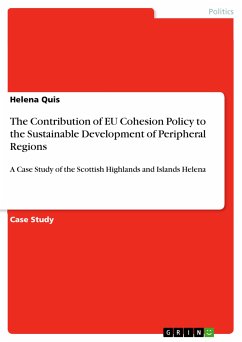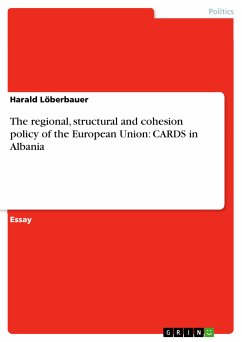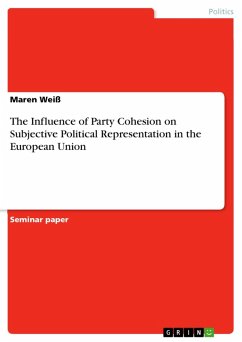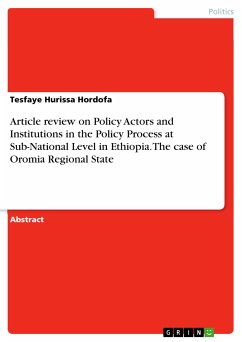Document in the subject Politics - Topic: European Union, , language: English, abstract: This book portrays the multilevel governance structure of the EU's Cohesion Policy, describes and critically assesses the evolution of the functions and responsibilities of the national audit authorities. Furthermore, this analysis puts a focal point on the impact of the audit authorities' work on the assurance level of the EU’s spending in the Cohesion Policy. The European Union (EU) is committed to creating more and better jobs and a socially inclusive society. In this sense, EU cohesion policy plays a key role, as it aims to reduce development disparities between countries and regions, restructure declining industrial areas and encourage cross‐border, transnational and interregional cooperation in the EU in order to strengthening economic, social and territorial cohesion. The budget for this policy field has developed steadily and represents meanwhile more than one third of appropriations for the current multiannual financial framework. It is therefore the EU’s main investment policy. In order to achieve Cohesion Policy’s objectives and to ensure high impact for limited funds, a proper and effective management and control system is vital. Cohesion Policy is implemented under shared management, which means that responsibility for implementing the policy and the related funds, including control activities, is shared between the European Commission and the Member States. For the 2007-2013 programming period, a formal three-level control structure was introduced at national level for the first time, with the audit authority as the first “independent” audit layer. In a multi-level governance system, and based on the single-audit concept, audit authorities act as cornerstones of the overall assurance process by providing the European Commission with assurance as to the effective functioning of the management systems and internal controls for operational programmes – and thus the legality and regularity – of the expenditure certified by the Member State to the Commission. Together with other structural reforms, the formalisation of the internal control structure with a clear separation of functions and greater independence for management and control bodies is regarded as a material contribution towards a more robust governance system in relation to the audit of Cohesion expenditure.








